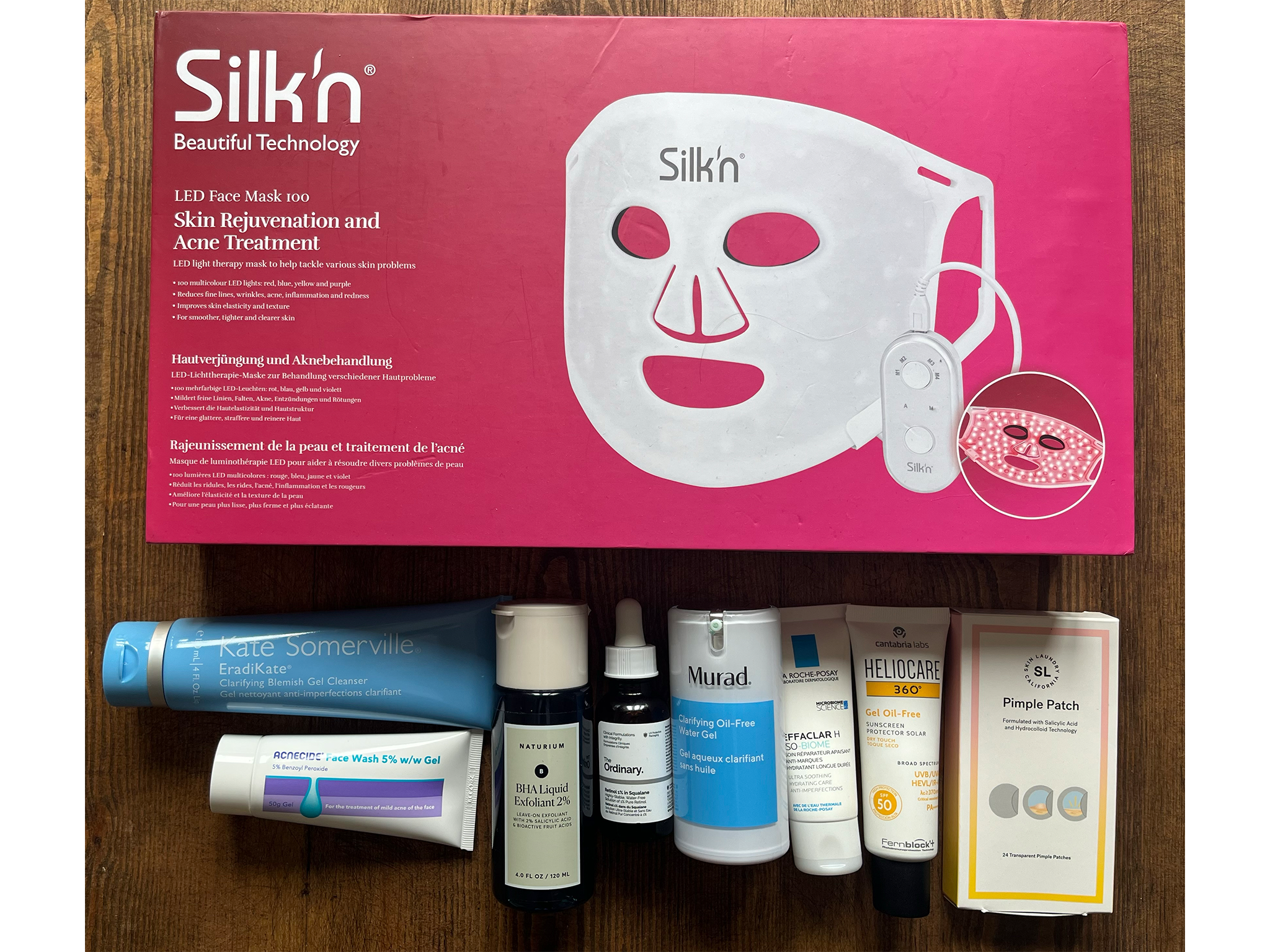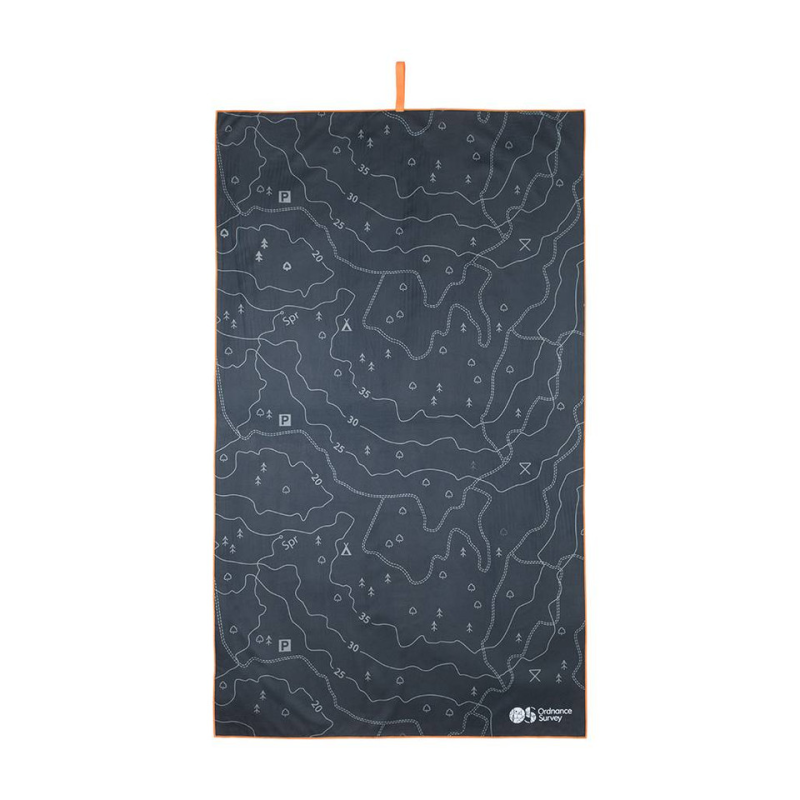Towels for Every Adventure: Essential Picks for Balanced Travel
Adult acne is one of the most common skin concerns and can present in many different ways across the face and body. This can range from blackheads and whiteheads to small red bumps called papules, pus-filled spots known as pustules or painful cysts.
According to Dr Anjali Mahto, consultant dermatologist at Self London, acne accounts for around 3.5 million GP appointments each year in the UK.
Puberty and genetics play a significant role in the appearance of acne, Dr Mahto explains. “During puberty, our bodies start to produce male hormones known as androgens (particularly testosterone). Women also produce androgens, albeit in smaller quantities than men. These androgens act on the oil glands, causing them to increase oil production. At the same time, cells lining the hair follicle become ‘sticky’ and start clumping together in a process known as follicular hyperkeratinisation. The end result is that pores become blocked with sticky skin cells and excess oil.”
That’s not the only factor to consider if you’re keen to tackle breakouts. Dr Sonia Khorana, a GP with a special interest in dermatology, advises that other triggers can include your menstrual cycle, hormones, medication, gym supplements, diet and stress.
How we tested the best skincare products for acne

We’ve spent weeks testing a dermatologist-approved skincare routine, spanning cleansers, serums, retinol, moisturisers, SPF and even LED treatments. Here, we detail our findings and share the ingredients our experts recommend – we’ve listed the products in the order they should be applied.
The best skincare products for acne in 2024 are:
- Best cleanser for blackheads and whiteheads – Acnecide face wash 5% w/w gel: £7.50, Amazon.co.uk
- Best exfoliant for acne-prone skin – Naturium BHA liquid exfoliant 2%: £19, Spacenk.com
- Best retinol for acne-prone skin – The Ordinary Retinol 1% in Squalane: £8.50, Boots.com
- Best moisturiser for sensitive skin – La Roche-Posay effaclar H iso-biome moisturiser: £20.90, Cultbeauty.co.uk
Acnecide Face Wash 5% w/w Gel



- Best: Cleanser for blackheads and whiteheads
- Size: 50g
- Key ingredients: Benzoyl peroxide
“Cleansing is paramount for those with acne-prone skin, as we need to ensure the skin is cleansed from sweat, oil, make-up and pollution for a couple of reasons. Firstly, we want to limit the production of bacteria on the skin, but we also want to ensure the skin is clean before we apply any topical treatments, as they’re likely to work better,” says Dr Mahto.
get 30% off
- Best: Cleanser for blackheads and whiteheads
- Size: 50g
- Key ingredients: Benzoyl peroxide
“Cleansing is paramount for those with acne-prone skin, as we need to ensure the skin is cleansed from sweat, oil, make-up and pollution for a couple of reasons. Firstly, we want to limit the production of bacteria on the skin, but we also want to ensure the skin is clean before we apply any topical treatments, as they’re likely to work better,” says Dr Mahto.
get 30% off
Acnecide Face Wash 5% w/w Gel



Acnecide Face Wash 5% w/w Gel



- Best: Cleanser for blackheads and whiteheads
- Size: 50g
- Key ingredients: Benzoyl peroxide
“Cleansing is paramount for those with acne-prone skin, as we need to ensure the skin is cleansed from sweat, oil, make-up and pollution for a couple of reasons. Firstly, we want to limit the production of bacteria on the skin, but we also want to ensure the skin is clean before we apply any topical treatments, as they’re likely to work better,” says Dr Mahto.
get 30% off
- Best: Cleanser for blackheads and whiteheads
- Size: 50g
- Key ingredients: Benzoyl peroxide
“Cleansing is paramount for those with acne-prone skin, as we need to ensure the skin is cleansed from sweat, oil, make-up and pollution for a couple of reasons. Firstly, we want to limit the production of bacteria on the skin, but we also want to ensure the skin is clean before we apply any topical treatments, as they’re likely to work better,” says Dr Mahto.
get 30% off
Acnecide Face Wash 5% w/w Gel



Acnecide Face Wash 5% w/w Gel



- Best: Cleanser for blackheads and whiteheads
- Size: 50g
- Key ingredients: Benzoyl peroxide
“Cleansing is paramount for those with acne-prone skin, as we need to ensure the skin is cleansed from sweat, oil, make-up and pollution for a couple of reasons. Firstly, we want to limit the production of bacteria on the skin, but we also want to ensure the skin is clean before we apply any topical treatments, as they’re likely to work better,” says Dr Mahto.
get 30% off
Adult acne is one of the most common skin concerns and can present in many different ways across the face and body. This can range from blackheads and whiteheads to small red bumps called papules, pus-filled spots known as pustules or painful cysts.
According to Dr Anjali Mahto, consultant dermatologist at Self London, acne accounts for around 3.5 million GP appointments each year in the UK.
Puberty and genetics play a significant role in the appearance of acne, Dr Mahto explains. “During puberty, our bodies start to produce male hormones known as androgens (particularly testosterone). Women also produce androgens, albeit in smaller quantities than men. These androgens act on the oil glands, causing them to increase oil production. At the same time, cells lining the hair follicle become ‘sticky’ and start clumping together in a process known as follicular hyperkeratinisation. The end result is that pores become blocked with sticky skin cells and excess oil.”
That’s not the only factor to consider if you’re keen to tackle breakouts. Dr Sonia Khorana, a GP with a special interest in dermatology, advises that other triggers can include your menstrual cycle, hormones, medication, gym supplements, diet and stress.
How we tested the best skincare products for acne

We’ve spent weeks testing a dermatologist-approved skincare routine, spanning cleansers, serums, retinol, moisturisers, SPF and even LED treatments. Here, we detail our findings and share the ingredients our experts recommend – we’ve listed the products in the order they should be applied.
The best skincare products for acne in 2024 are:
- Best cleanser for blackheads and whiteheads – Acnecide face wash 5% w/w gel: £7.50, Amazon.co.uk
- Best exfoliant for acne-prone skin – Naturium BHA liquid exfoliant 2%: £19, Spacenk.com
- Best retinol for acne-prone skin – The Ordinary Retinol 1% in Squalane: £8.50, Boots.com
- Best moisturiser for sensitive skin – La Roche-Posay effaclar H iso-biome moisturiser: £20.90, Cultbeauty.co.uk
